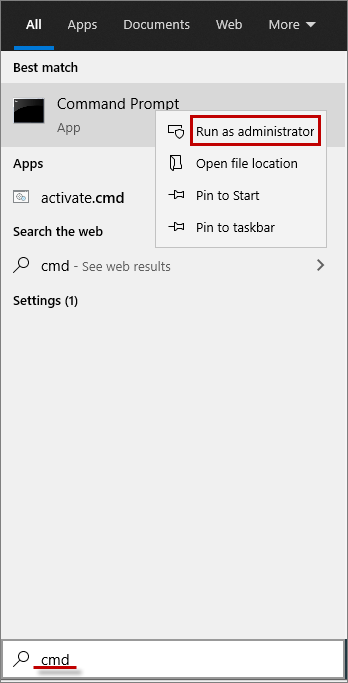

I didn’t even know other ways to access the Registry until recently, and I often mess around in the Registry. If you ever need to access the Windows registry to tweak something, this is the easiest way to do it. This includes mouse speed, buttons, wheel, and pointer, etc. You can control all the settings related to your computer mouse here. It opens the backup and restores window where you can either set up a backup of your PC or restore it from an old backup if there is a problem with your PC. Access Backup and Restore window - “sdclt”
/how-to-access-device-manager-from-the-command-prompt-2626360-sf-daa76c6b83e342d787206e86e2397d05.png)
The information is well laid out using dedicated categories, and you can export the information to a file to share with anyone - perfect for getting online tech assistance. It’s a must-know command if you need to see the specs of any PC. System Information app offers extensive information about both the hardware and software of your PC. For any computer hanging or performance-related issues, this is the best tool to get the information you need. Don’t forget to check its Tools section for convenient access to some of the most powerful Windows tools.Ī very powerful app to see real-time information about your system resources like CPU, RAM, disk, and network. If you have a dual boot setup or often need to access safe mode, you will often need to access these settings. Starting with my favorite command, the System Configuration window consists of multiple tabs to manage boot settings and background services. Once the Run dialog is open, enter any of the below-mentioned commands and press the Enter key or click on the OK button to execute it. I will recommend you to use the keyboard shortcut as it’s much faster and you won’t have to use the mouse. You can either press the Windows+R keys on the keyboard or right-click on the start menu and select Run from the menu. There are two ways to access the Run dialog in Windows 10. To use Run commands, you need to know how to open the Run dialog to enter the commands. To get you started, I will list some of the frequently used commands that I find most useful for day-to-day use.

If you are looking to be productive, then I will recommend you to memorize Run commands. And Run commands are core for my day-to-day PC usage to accesses different Windows settings and apps efficiently. I personally don’t like frequently reaching out for the mouse therefore, I have memorized all the required keyboard shortcuts and commands to minimize my interaction with the mouse. If you memorize Run commands, you can access a particular app in just 2 steps instead of many clicks. Using Run commands in Windows is a very efficient way to access different Windows settings and apps directly.


 0 kommentar(er)
0 kommentar(er)
